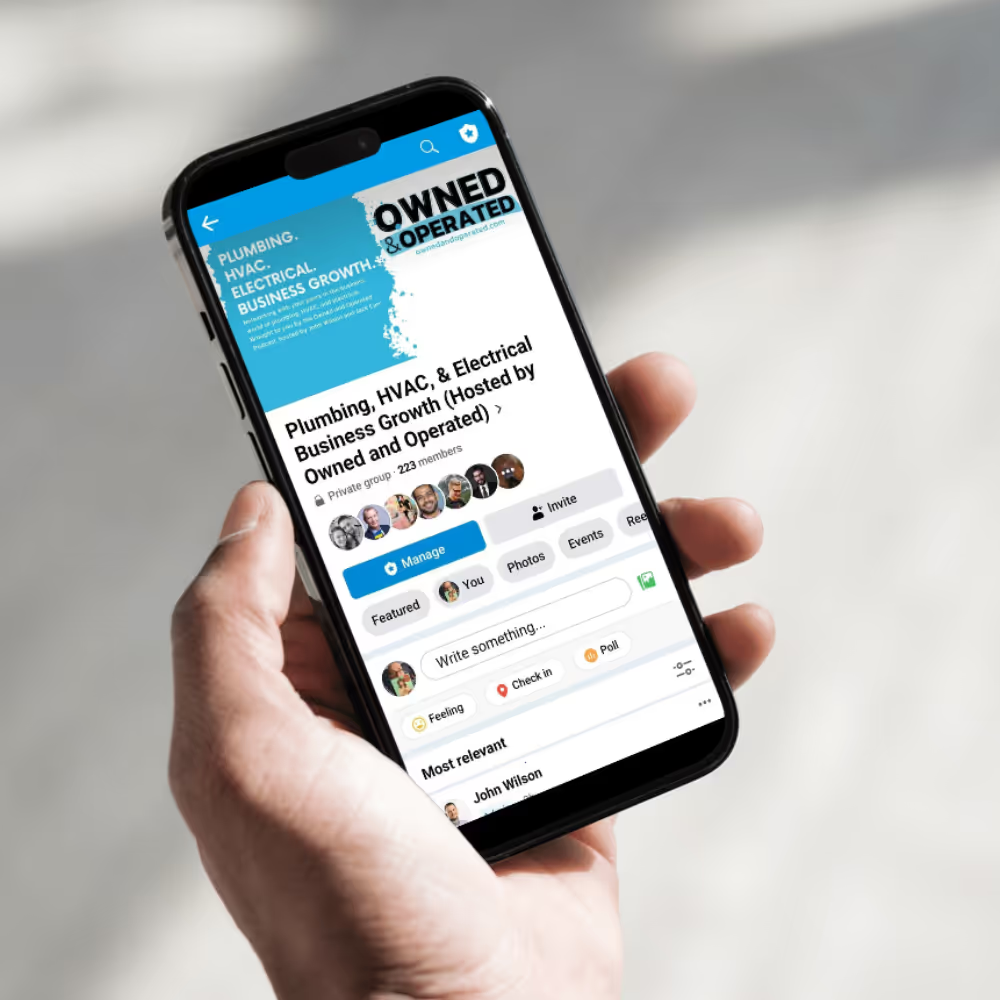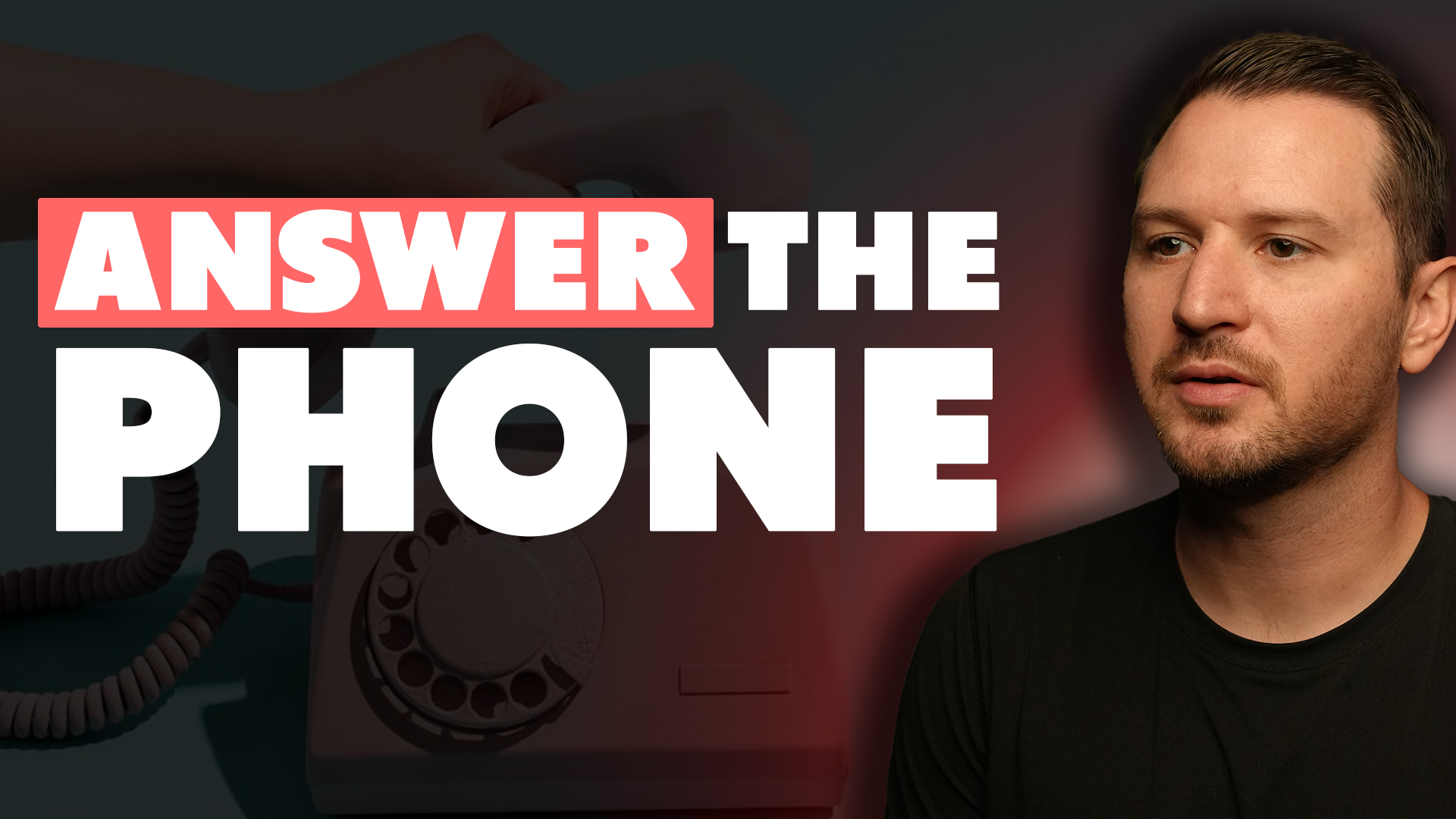Green light. Yellow light. Red light.
The lights all around the call center at Wilson are one of the first things visitors notice once they start walking around.
Shortly after, it’s not uncommon to hear an automated announcement overhead giving the status of those lights and where our call board is on any given day.
The three-day call board has been a powerful tool for us, both for capacity planning but also to manage gaps—as well as demand.
The purpose of that call board is to make an impact three days out from now. It also means you can forecast and plan, something that is a challenge in home services.
That’s why today we’re talking about anticipating workload and allocating staff with the power of a three-day call board.
The Home Service Call Board: Making A Plan

Why three days for a call board? Why not two? Or five? Or every day of the week?
It comes down to capacity and workload. You also absolutely need systems in place to track all of your methods for reaching out to customers.
Because a three-day call board comes down to lead generation and using your customer base to its full extent. GMB, LSA, email blasts, SMS. It takes a village to generate revenue.
For those curious, our literal screens around Wilson are a big part of that call board, on display for everyone.
I talked on X earlier this week about the software we use to achieve that, so go take a look if you want a knowledge drop.
Being three days out on forecasting what your techs are doing and who your call center is contacting gives you wiggle room.
It creates a clear view of what needs to be done today, tomorrow, and in the near future.
This also creates an accountability loop.
Like we’ve talked about before, when it’s everyone’s problem then everyone is accountable and working to that goal.
And trust me: Everyone knows when we’re in a code red. Lights change, the announcement goes out, and someone in marketing is pulling lead levers.
In these moments, we use and abuse email and SMS. We can send a text in 10 minutes and book out tomorrow, so don’t discount texting as a leads builder.
This is also when Service Scalers really comes through, juicing our ad bids and getting to work.
Here are the most important aspects of the call board:
- Speed to lead: Contacting leads fast increases conversation chances.
- Every team member, from marketing to techs, plays a role in the call board.
- Daily team huddles should review the call board status for daily targets.
- Dynamic pricing lets you adjust fees based on how full the schedule looks.
That last one is especially important, as you don’t want the small stuff getting in the way of booking the lead.
If I have nothing on the board today, why would I let a $89 service fee prevent me from earning $4,000? Pricing is meant to be dynamic. Use that to fill your board.
Most of all, just have a plan in place for when you hit red lights. You get in this red zone when the board is empty; Have a written plan in place before it gets to that.
Know what to do when you get in that zone, and plan for those three days.
You’ll be glad you did when red lights go off.
Get more Owned and Operated on YouTube, on Twitter, or with our weekly newsletter.


.png)





